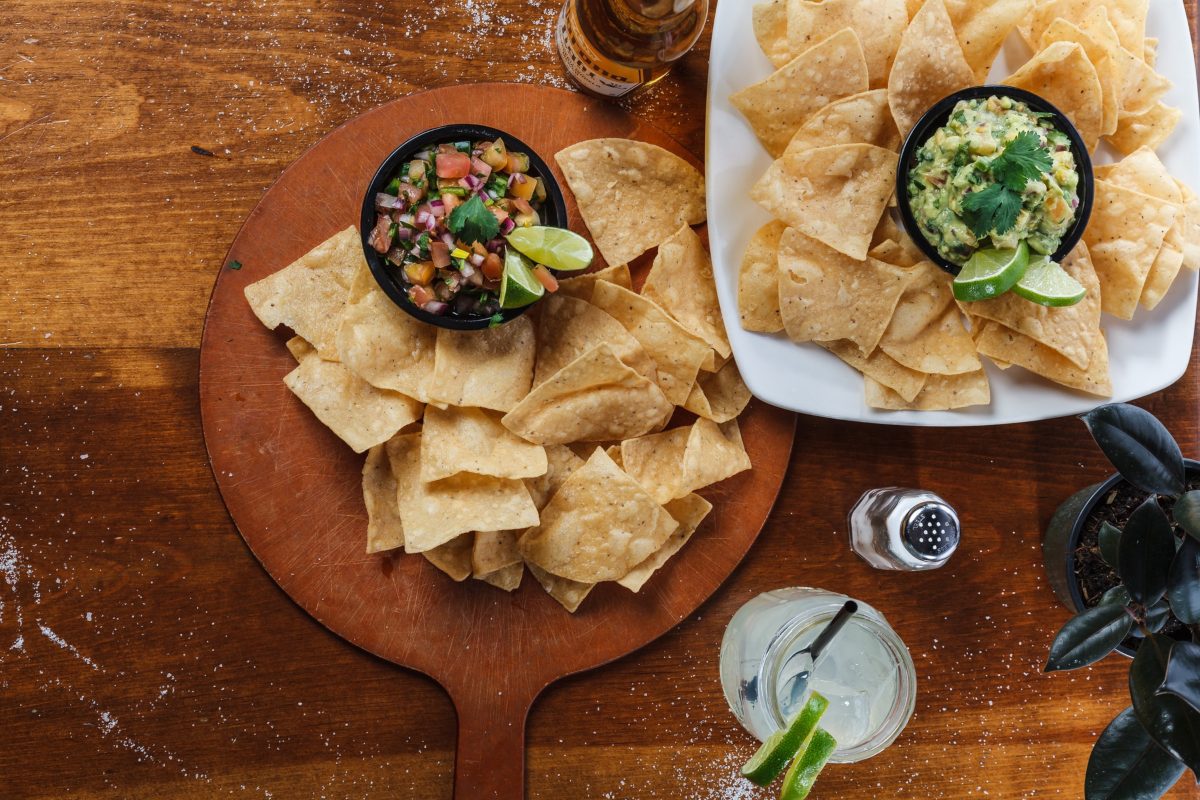The pandemic has brought with it untold changes to our way of life. Businesses are shut, masks are commonplace and social gatherings have filtered down to almost none. Nowhere are these changes more noticeable than in the restaurant industry.
Many outlets are struggling to stay afloat as foot traffic has disappeared, and considering the close-quarters nature of the job, it might be months before things return to a semblance of normalcy.
But that doesn’t mean you can’t start thinking now about how to get your restaurant kitchens back up and running. Preparing ahead of time could pay off in a big way.
How To Make Restaurant Kitchens Functional After the Pandemic

1. The Pandemic and the Food Industry
What’s most evident is the change in the regular supply chain, which is compromised by COVID-19, heavily disrupting the food distribution networks.
Simultaneously, businesses are closing, causing a sort of pandemic panic among restaurateurs and their investors. Retailers are even planning now to limit the sale of certain goods in the hope of compensating for lower demand.
Still, these steps haven’t stopped restaurant members from losing vast chunks of money. Staff are left confused, wondering when they can get back to work, or even if their workplace still needs them.
The most impacted of these food environments are night clubs and banquet halls, which have had to shut down completely, virtually eliminating their income. Even regular restaurants face restrictions on how long they can be open and how many people they can serve at any given time. The pandemic has seriously impacted the food industry.
2. Ensuring Food Security Amidst a Crisis
The current societal turmoil leaves the big question of what can be done to maintain food security. Of particular note are our population’s most vulnerable sectors, specifically young children below ten and elderly citizens. We must give them priority in ensuring they have access to food and the necessities for living.
The crisis has changed how food businesses operate, with a majority turning to take-out and delivery options. Those most affected must have access to these channels and understand how to use them appropriately. Still, restaurants and food providers can take a wide range of actions to support and otherwise protect food security during this pandemic.
By working with national governments and private sector providers, it may be possible to secure a base stock of food to weather successive infection periods or waves of virus spread.
In this vein, it can make sense to ensure that there is enough food to last through the 6 to 12 week periods during which the virus may disrupt regular supply.
3. Getting Your Restaurant Back in Business After Lockdown
Lockdown will eventually end, and with that, it will be expected that food makers are prepared to supply their customers once again.
While they are still anticipating a second wave, lessons can be learned from how these providers responded to the initial pandemic news.
For instance, an overstock of food in large quantities led to significant waste, which further increased pressure on the food supply chain. That was exacerbated by consumers stockpiling goods in reaction to a lockdown with no end in sight.
However, a slower COVID-19 caseload in the early summer allowed companies to assess their food chains and reframe their strategies and production needs on the plus side.
Building on this, these organizations spent millions to ramp up production and find ways to curb any supply chain issues that may come up. Only time will tell whether these efforts were sufficient.
4. Problems Restaurants Face When they Open to the Public
Currently, there are still significant problems that restaurants are dealing with. Many of these issues won’t change even after initial lockdowns fade and store doors once again upon.
For instance, landlords increased rents so aggressively that many restaurants struggle to break even, covering both their food’s low-margin costs and the associated property fees. Even upon opening, business will be slow and may not be enough to mitigate these losses entirely.
As a direct result of this, cashflow has become tighter, with overhead expenses staying the same or even rising as other companies increase their fees to compensate for their financial shortfalls. As a result, restaurants will need to leverage their existing finances wisely, and they may be heavily dependent on tourism and outside visitors for business growth.
Furthermore, even after the government stops lockdown, the condition in many regions remains unstable. The possibility for another shutdown exists, meaning you will have to plan around these contingencies.
Tying into this, restaurant owners have restricted their operations to avoid unnecessary loss, and these measures may have to be maintained even after they open.
Lastly, and most significantly, open restaurants mean an increased chance of virus transmission. Take appropriate sanitary measures.
5. Making the Restaurant Kitchen Ready to Face New Challenges
Steps will have to be taken to face these new challenges. Whether it’s coffee machines, storage units, or general food waste management, all facilities must be carefully checked to ensure they’re operating correctly. When it comes to the use of commercial refrigerators, make sure to seek out professional help in response to any equipment malfunctions.
It’s also critical that caution is taken while manufacturing and packaging food to avoid further virus spread. In this vein, equipment like containers, utensils, and chopping boards should be carefully sanitized and confirmed to be of food.
6. Making Your Restaurant Functional After COVID
The pandemic’s effects won’t disappear any time soon. Food supply and business will continue to be disrupted. The future, however, may be brighter.
As lockdown lifts, restaurants can return to their regular operation, albeit with specific measures in place. And from this pandemic, the food industry will learn how to handle future crises.
Cloud kitchens — those built only to handle delivery orders — may stay around for the long haul, bringing a permanent change to consumer habits that have shifted to takeout and delivery options. Things are dark right now, but they will get better.
You May Like To Read:
- How Does Restaurant Mobile App Drive Your Food Business?
- 6 Mind-Blowing Food Packaging Ideas For Your Restaurant
- 7 Marketing Strategies to be Followed During a Pandemic
Author: Bijoy Hembram
















